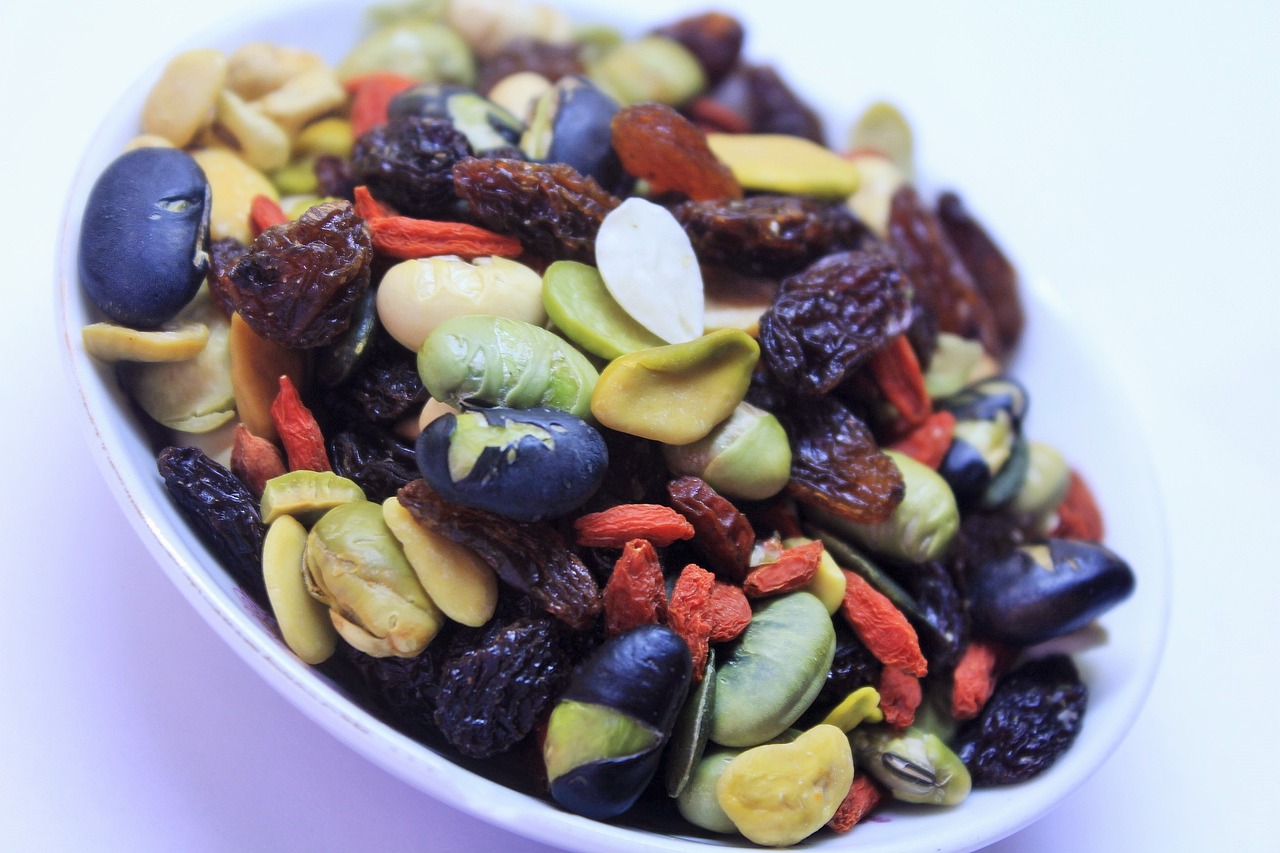The Art of Food Fermentation: Exploring Cultures and Traditions Around the World.
Food fermentation plays a crucial role in various cultures around the world, offering a plethora of benefits beyond preservation. In Korea, kimchi is a popular fermented dish that not only enhances the flavor of vegetables but also aids in digestion due to the presence of probiotics. The Japanese enjoy miso, a fermented soybean paste rich in essential nutrients like protein and vitamins, contributing to overall well-being.
Moving to Europe, sauerkraut is a staple in German cuisine, providing a tangy flavor and a significant source of vitamin C. In Eastern Europe, kefir is a beloved fermented dairy product known for its probiotic properties that promote gut health. These cultural practices of food fermentation highlight the diverse ways in which different societies have harnessed the benefits of this age-old technique.
History and Origins of Food Fermentation Practices
Fermentation of food has been practiced for thousands of years across various cultures around the world. The origins of food fermentation can be traced back to ancient times when people discovered the process of preserving food using natural microorganisms. This method allowed them to extend the shelf life of perishable items and create new flavors and textures.
Historically, the practice of food fermentation was born out of necessity rather than choice. Early civilizations had to find ways to make food last longer without the modern conveniences of refrigeration or canning. This led to the development of fermentation techniques that are still used today in traditional dishes and culinary practices.
What are the benefits of food fermentation in different cultures?
Food fermentation has been used in different cultures for centuries as a way to preserve food, enhance flavor, and increase nutritional value. Fermented foods are also believed to promote gut health by introducing beneficial bacteria into the digestive system.
What is the history and origin of food fermentation practices?
Food fermentation dates back thousands of years and can be traced to civilizations like the Ancient Egyptians, who used fermentation to make bread and beer. The process spread to other cultures, such as the Chinese, who fermented soybeans to make soy sauce and miso.
How does food fermentation work?
Food fermentation involves the breakdown of carbohydrates and sugars by microorganisms like bacteria and yeast. These microorganisms produce enzymes that break down the food, leading to the production of acids, alcohols, and gases.
What are some commonly fermented foods?
Some commonly fermented foods include yogurt, sauerkraut, kimchi, kombucha, and sourdough bread. Each of these foods undergoes a different fermentation process, resulting in unique flavors and textures.
Is fermented food safe to eat?
When done correctly, fermented foods are safe to eat and can provide numerous health benefits. It is important to follow proper fermentation techniques and guidelines to ensure that the food is safe for consumption.





